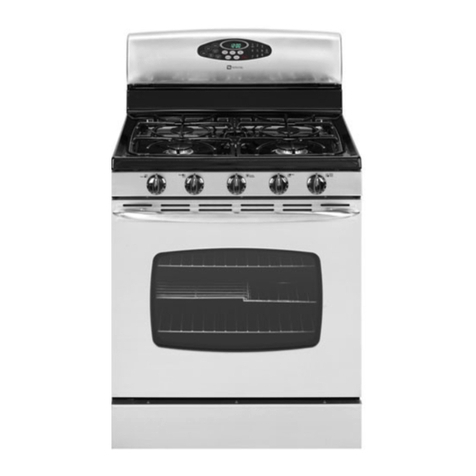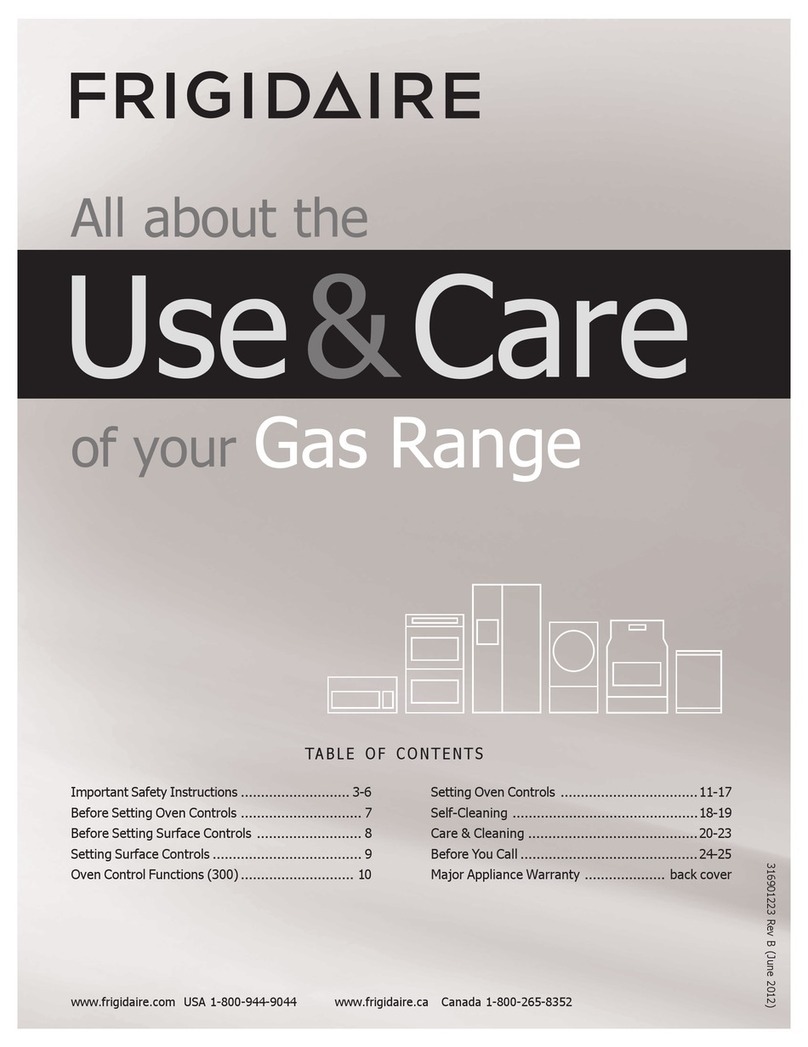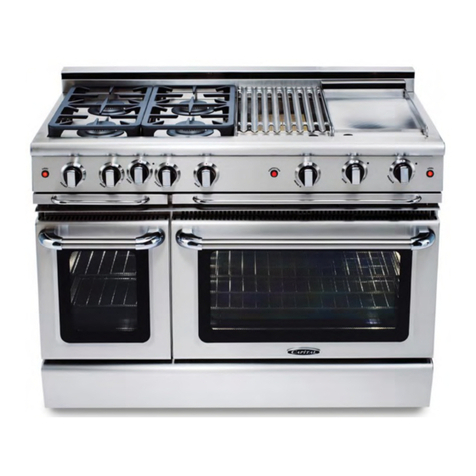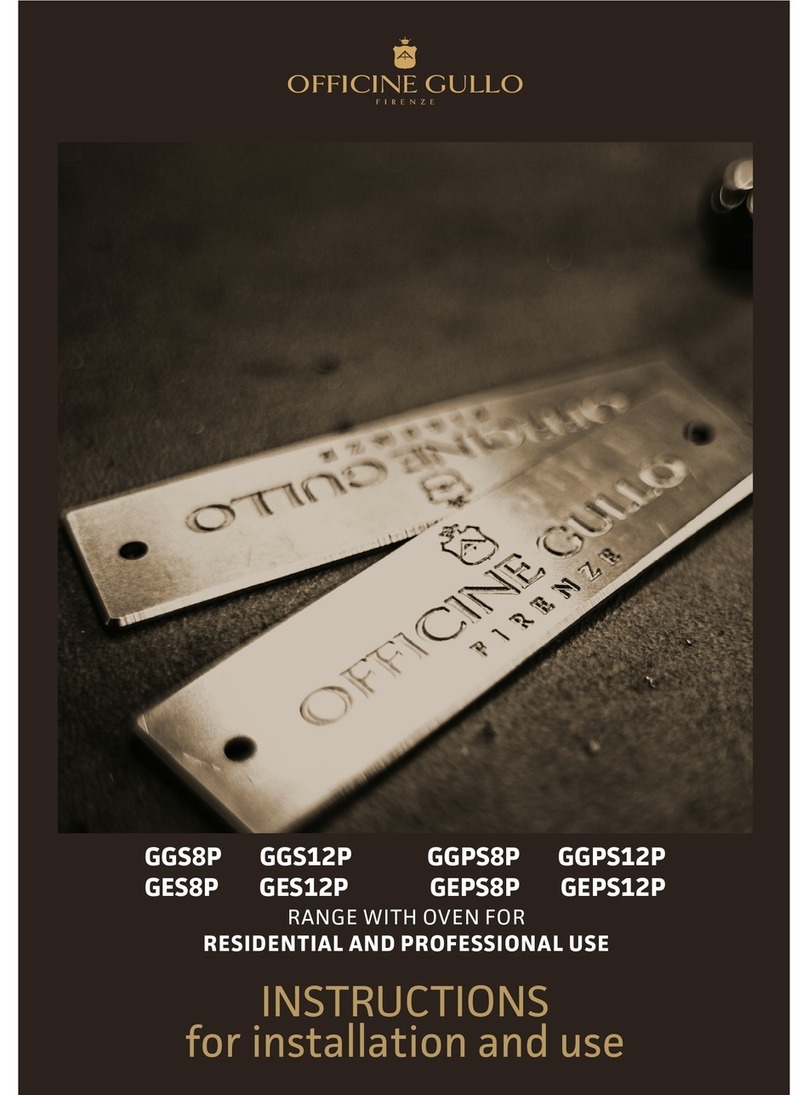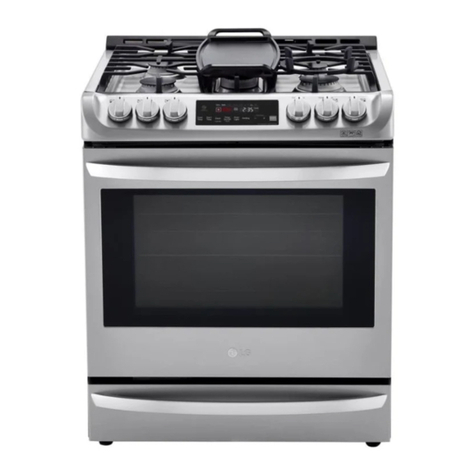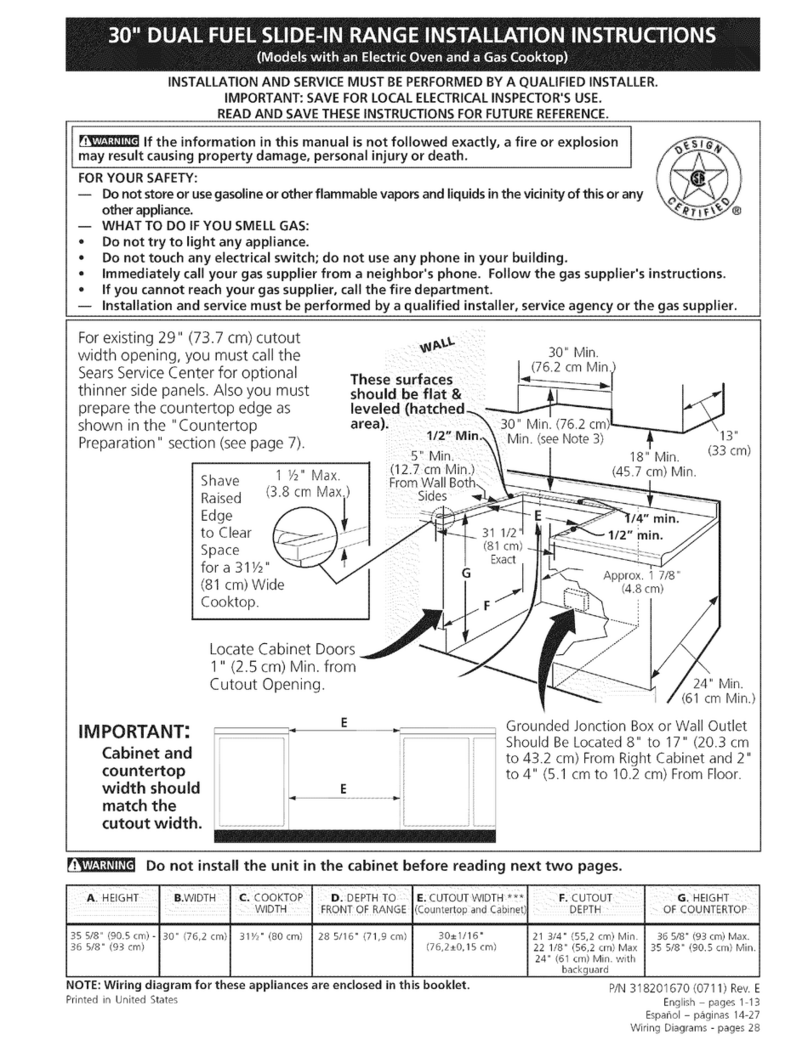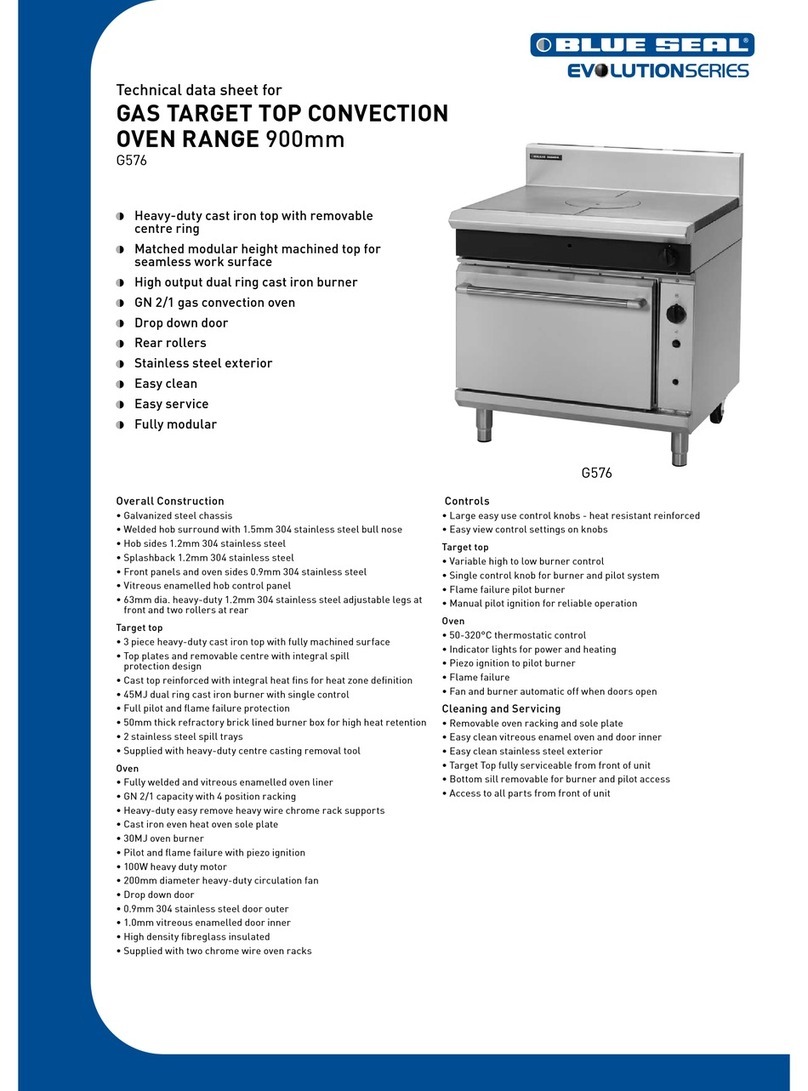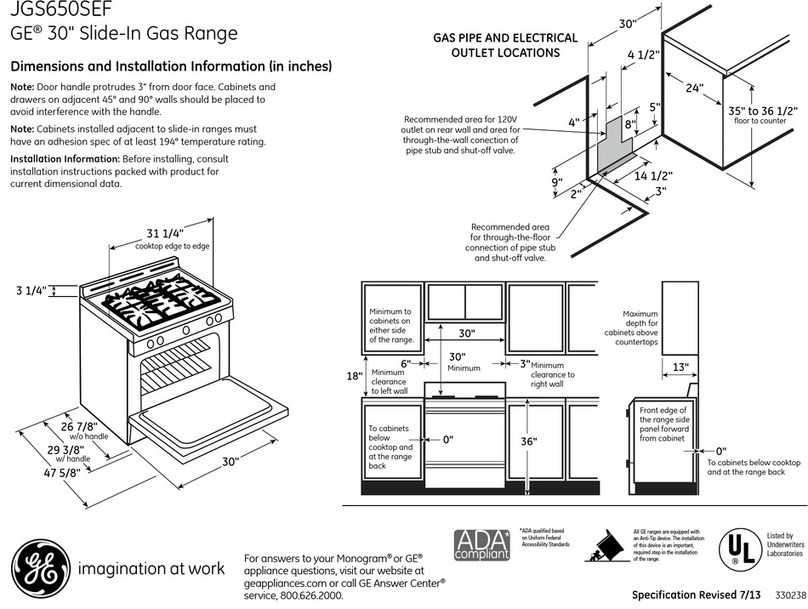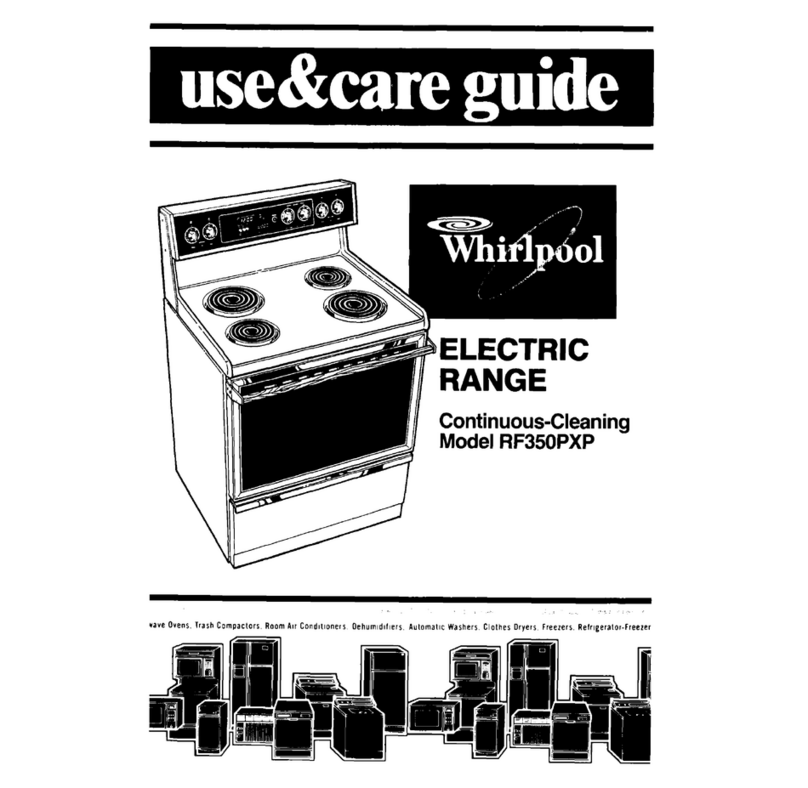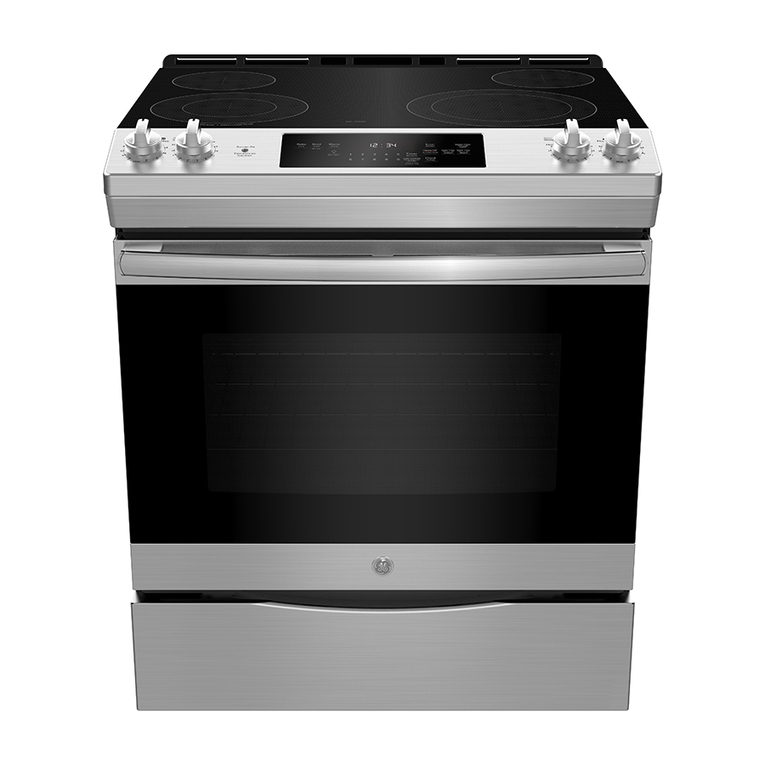2.8 Hazardous Area Installation - Intrinsic Safety
CMC Controls tension transducers can be located in a hazardous area to provide an Intrinsically Safe
installation to EN 50039 when a proprietary Zener Barrier module, Part Number 4503, is used. Tension
transducers are passive components and are classified as simple apparatus by EN 50014. Strain gauge
transducers (load cells) will be damaged if subjected to the 500 volt insulation test required by EN 50020.
To comply with Intrinsic Safety regulations the body of the transducer must be bonded to the IS earth
using 4 square millimetre green/yellow insulated cable. Consult CMC Controls for more information.
NOTE It is the responsibility of the user to ensure that all relevant safety regulations are complied with.
The integrity of all connections particularly the earth should form part of any maintenance procedure.
2.9 Single Transducer Operation
Most web tension installations require two transducers, each supporting one end of the sensing roller
shaft and the transducer output signals are summed to give a measurement of Total tension. For those
installations where only one transducer is required a Dummy Transducer, Part Number 4431, may be
needed to complete the full Wheatstone bridge. For single transducer installations the MWF calculation,
see below, should be derated by a factor of 1.5, consult CMC Controls for more information.
2.10 Transducer Electrical Connections
The signal wiring between the transducer and the indicator or controller must be by screened cable
routed well away from any power wiring or other sources of interference.
The RED SPOT on the transducer specifies the output signal polarity in relation to the applied load
direction. Depending on the installation the transducer output signal can be positive or negative for
increasing load. Ensure the yellow and green output leads are connected to the indicator or controller
terminals correctly, so that they add to, rather than cancel each other. In most installations, one
transducer will give a positive signal the other a negative signal.
To confirm the connections to the indicator, switch on, unplug any one of the transducer connectors,
adjust the indicator zero control until the meter or display reads approximately zero. Apply a load to the
tension sensing roller in the same direction as the resultant web tension, the display should move
positive. If the display decreases or moves negative, reverse the appropriate yellow and green transducer
leads at the indicator terminals. Repeat for the other transducer.
When completed, reconnect both transducers.
